.

Hydroponic Growing Media Explained: The Pros and Cons of Each
There are many choices when it comes to hydroponic growing media—but which is best for you? The following list outlines the major properties of each choice, helping you to decide which medium to use.
Growing weed hydroponically is not as straightforward as doing so in soil. Moreover, there are many different hydroponic setups you can opt to use. Each is slightly different, offering a distinct process and varying levels of complexity.
When growing hydroponically, a key consideration is which growing medium to use as a substrate to anchor your plants. As there are many options, and choosing can be hard, we’ve compiled a list of the best options below, outlining the pros and cons of each potential choice.
Contents:
Weed Meets Water: Understanding Hydroponics
Growing cannabis (or any other plant) hydroponically involves exposing the roots directly to water/nutrient solution. Unlike when growing in soil, nutrients are delivered to the root system almost instantly. But it doesn’t mean the cannabis plants float helplessly about in a tank of water. Instead of soil, they are held in some inert medium, such as Rockwool, that provides structure and allows the roots to grow down into a water reservoir where the nutrients are held. Other variations include flooding the roots with nutrient solution before draining it, or dripping it onto the inert medium.
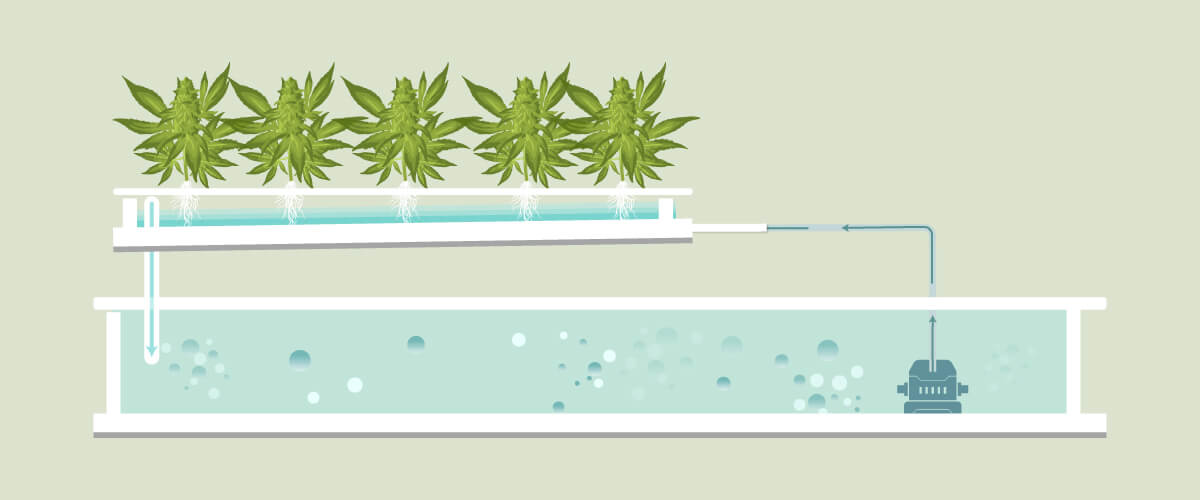
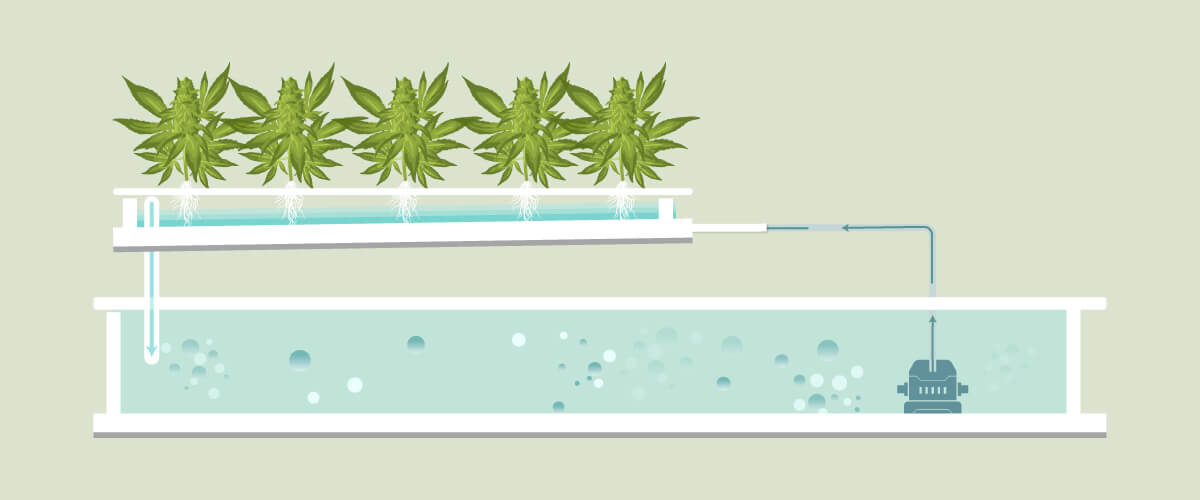
How Does Hydroponics Work?
The key with hydro setups is that, in all cases, the plant’s roots are directly exposed to aerated water, and receive their oxygen and nutrients (and of course water) directly from this source. To aid the absorption of nutrients, hydro growers tend to use synthetic, ionic salt nutrients, which are more easily and rapidly absorbed by plant roots than organic matter.
The downside to these nutrients is that they are more likely to cause overfeeding problems, and can damage the soil biosphere when growing conventionally. But with hydroponic grows, ionic nutrients are considered more suitable than organic nutrients.
Hydroponic grows must be highly aerated—usually through the use of an air stone and pump—so that the roots don’t suffocate when submerged in water. In a soil grow, roots will die if they are constantly soaked (because they lack sufficient oxygen), and so this must be dealt with when growing hydroponic weed.
The Role of Growing Media in Hydro Systems
As mentioned, although hydro grows relinquish the need for soil, a substrate is still required. The reason for this is that the plant must be able to stay anchored, and to grow upright and strong. Without some substrate to keep it in place, a plant would grow into a weak, dangling mess. What’s more, a substrate allows the roots to be submerged in/exposed to water while the aerial parts of the plant remain dry and healthy.
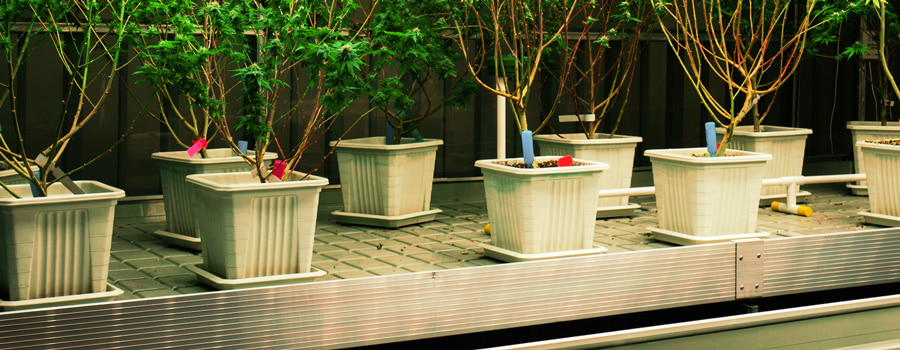
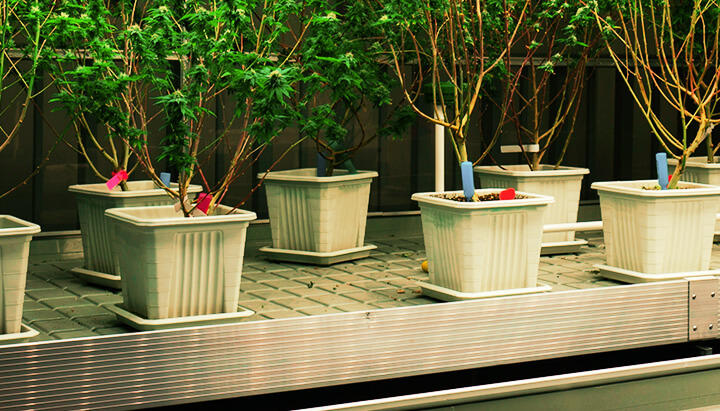
The Best Growing Media for Cannabis Hydroponics
You might be wondering what to use as a substrate for growing hydroponic cannabis. The good news is that you have many options; the bad news is that these options might seem overwhelming.
Fortunately, each option is viable, and you can choose whichever one you desire—although some are more suited to specific setups compared to others. Below, we will outline the properties, pros, and cons of each choice.
Clay Pebbles
Clay pebbles or pellets, otherwise known as LECA, were once the go-to choice for hydroponic grow-ops. These days, however, they are not so favoured, as they are heavier than other options yet don’t hold as much water. This can present an undue burden without offering the returns of other choices.
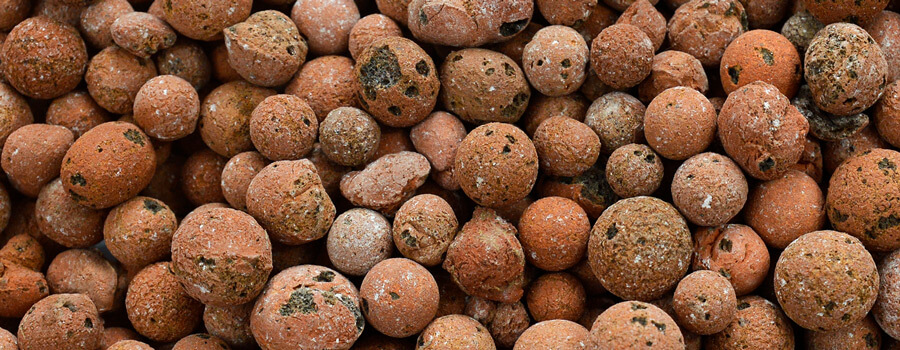
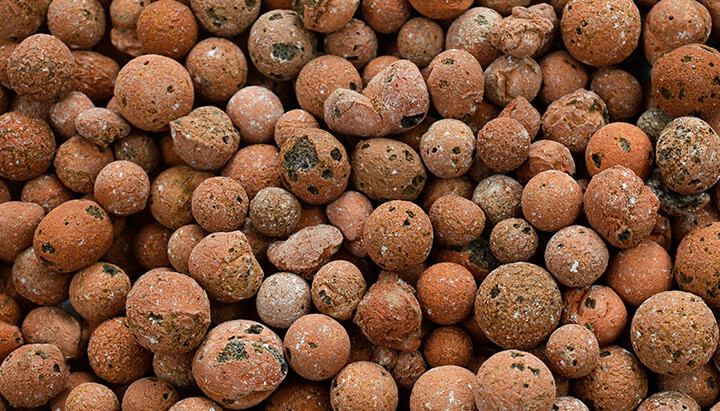
Pros:
- Tried and tested method
- Great aeration
- Easy to use
- Reusable
Cons:
- Heavy
- Don’t hold water so well
- Require users to adjust pH
Rockwool
This is another popular choice that’s cheap and highly versatile. It holds water very well, allowing for good hydration, and can be placed in baskets or just lodged into holes in buckets and other containers. This quality makes it a great choice for DIY setups where you need a substrate that fits any space.
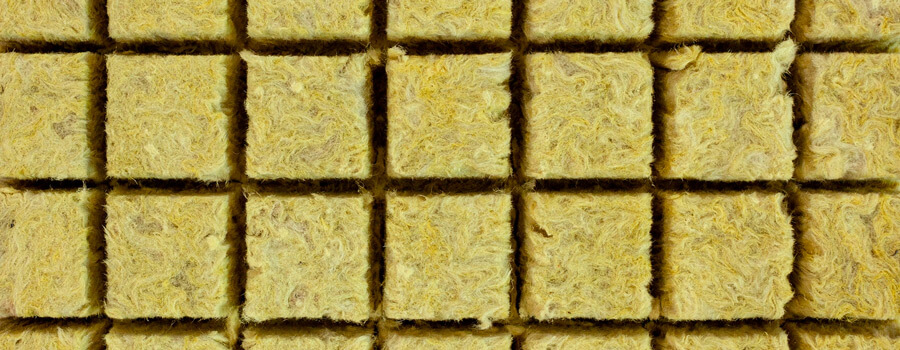
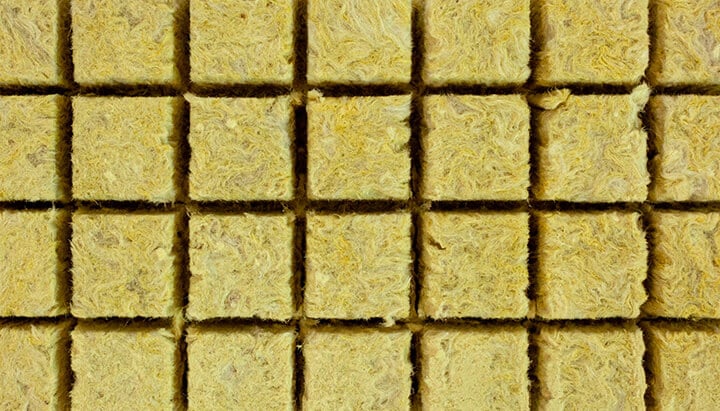
Pros:
- Cheap
- Fits into many spaces
- Retains water well
- Good for DIY setups
Cons:
- Not biodegradable
- High pH might need adjustment
- Rockwool fibres will irritate the skin, eyes, and lungs (it’s infuriating), so adequate protection must be worn when handling it
- Hard to reuse
Perlite
Perlite is a popular material for growing various organisms, as it is an inert medium that can be added to a variety of substrates to improve aeration. When growing hydroponically, it can be used by itself as a substrate, given that the water provides the nutrient-rich medium. Perlite must be placed in structured containers, as it's a form of volcanic glass that expands into lightweight, porous granules when heated.
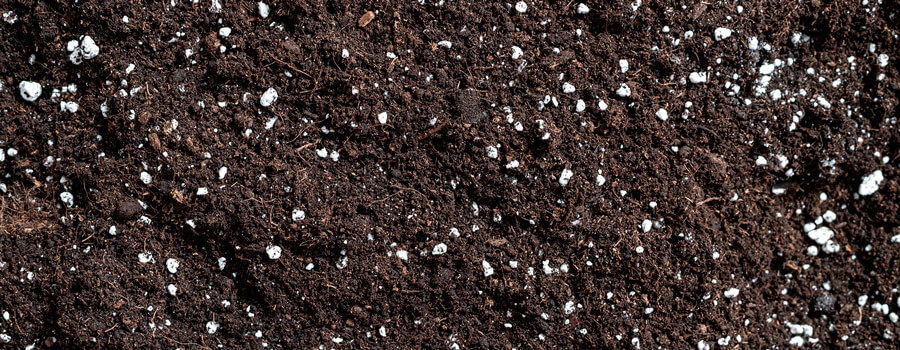
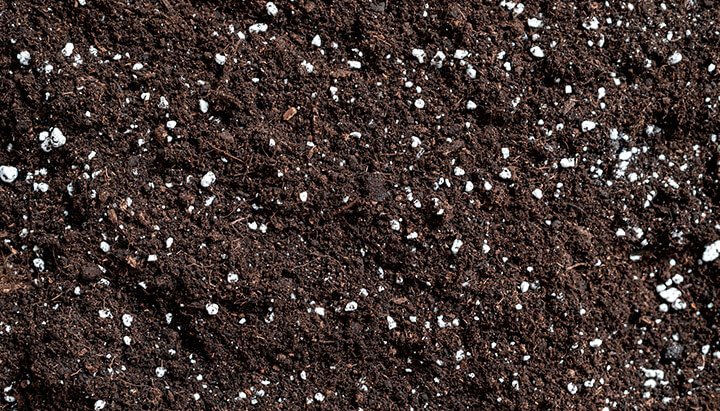
Pros:
- Lightweight
- Cheap
- Well-aerated
- Can be reused
Cons:
- May wash away in some systems, as it’s very lightweight
- Dust should not be inhaled
- Obtained through strip mining, which can be damaging
Mapito
Mapito is made from mixing Rockwool and polyurethane., and works in a similar way to Rockwool, but with a few differences. Unlike Rockwool, in which roots will intertwine and become fixed, plants can be removed from mapito as it is not bound up to itself—it is made up of flakes. Moreover, mapito has better oxygenation compared to Rockwool, thanks again to its flakey nature. Finally, water retention can be considered slightly better too.
Pros:
- Great water retention and aeration
- Plants can be removed without damaging the root ball
Cons:
- Bad for the environment
- Needs soaking to avoid pH problems
Coco Coir
Coco coir is a good choice for hydro grows, and can be used alongside other options such as clay pellets so that it doesn’t hold too much water. As a byproduct of coconuts, coco coir does not have the same negative environmental impact as other options, and it’s fully biodegradable, so can be properly disposed of after use. Popular and better for the planet, this should be the choice of environmentally conscious hydroponic cannabis growers.
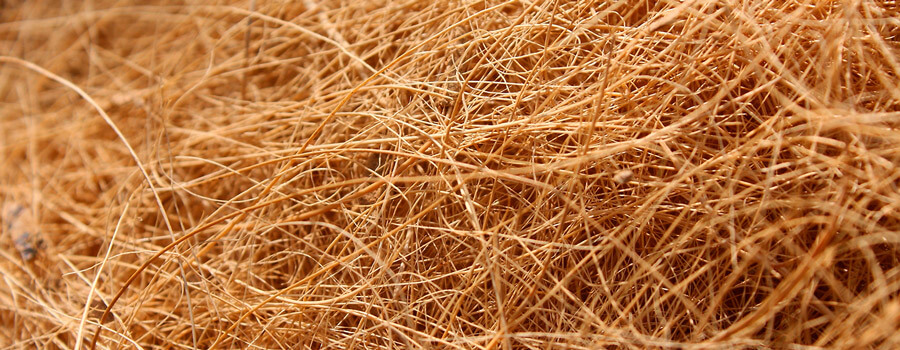
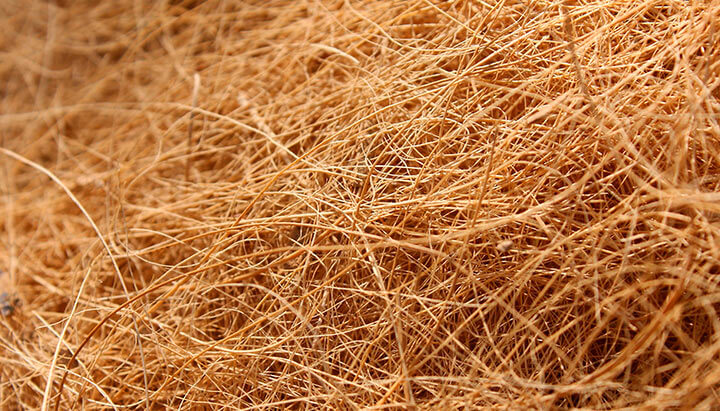
Pros:
- Environmentally sustainable
- Can be used in a range of setups
- Widely accessible
Cons:
- Best used in combination with other options, as water retention can be too high
- Can’t be reused so much
Vermiculite
Vermiculite is similar to perlite but holds water well, rather than improving aeration. Often, the two are used in combination. Vermiculite is so absorbent that it can function well as a wick, so it can be used in wicking hydroponic systems, or simply as part of a perlite/vermiculite mix—50/50 works just fine!
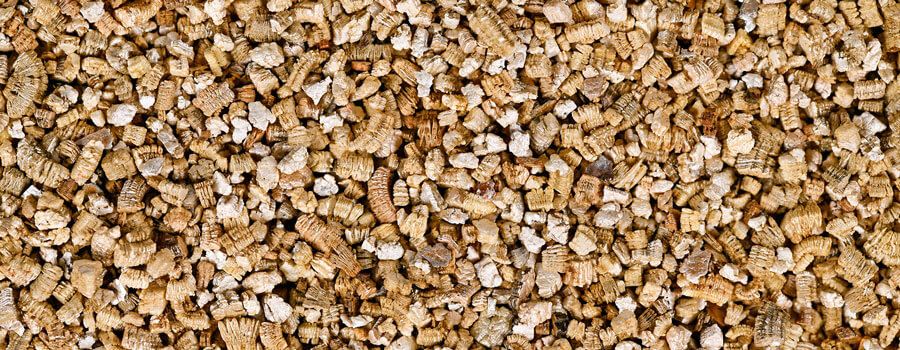
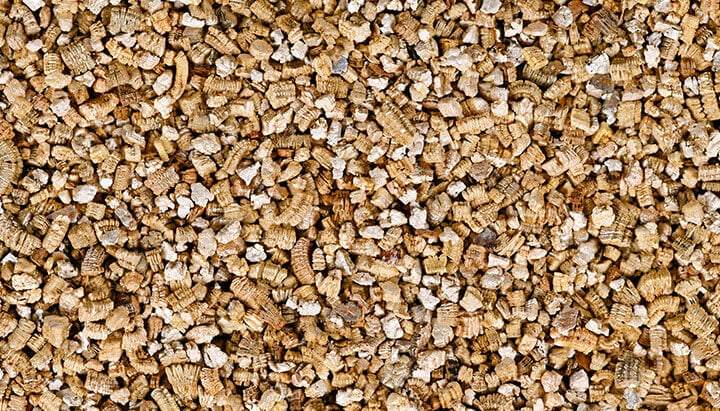
Pros:
- Great water-absorbing properties
- Trusted by many growers
- Great for wicking systems
Cons:
- Highly absorbent and best used with perlite
Peat Moss
Peat moss, often sold as peat plugs, is an organic option made up of inert, acidic fibres. Though it works well for hydroponic growing, it comes at an environmental cost. Peat takes thousands of years to form (it’s sort of halfway to oil), and peat landscapes are therefore precious and take millennia to restore. For that reason, digging up peat and using it to grow weed is probably not the best choice, given that there are more sustainable options, such as coco coir.
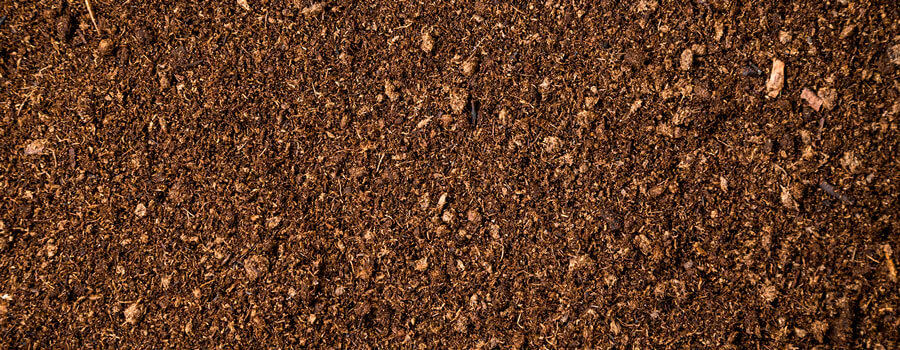
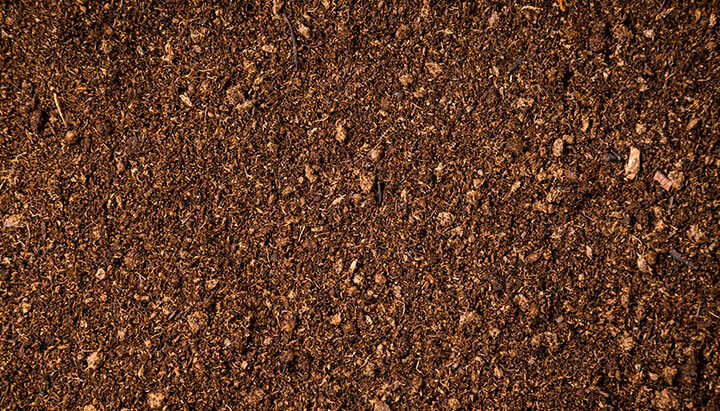
Pros:
- Good water retention
- Lasts years
- Free from disease
Cons:
- Expensive
- Bad for the environment
- Highly acidic
Rice Hulls
Rice hulls, like coco coir, are a product of agriculture. However, while they are useful and have good water retention, they are not the best choice unless you already have some lying around. Due to their nature, they degrade quickly and so the substrate must be replenished even within a single life cycle, which can be an unnecessary challenge. What’s more, they are unsterilised and can come carrying disease.
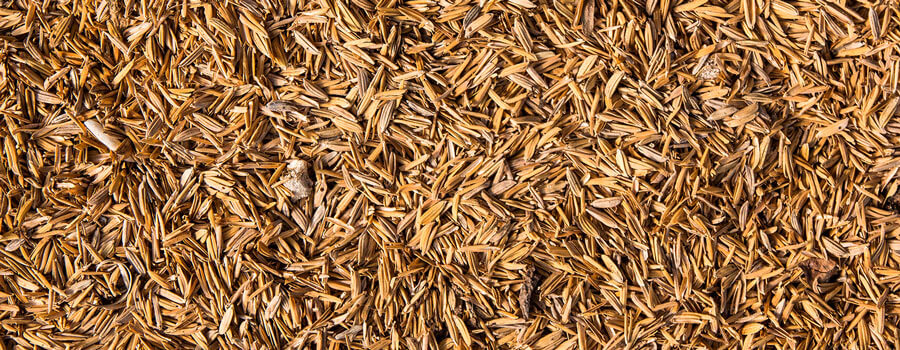
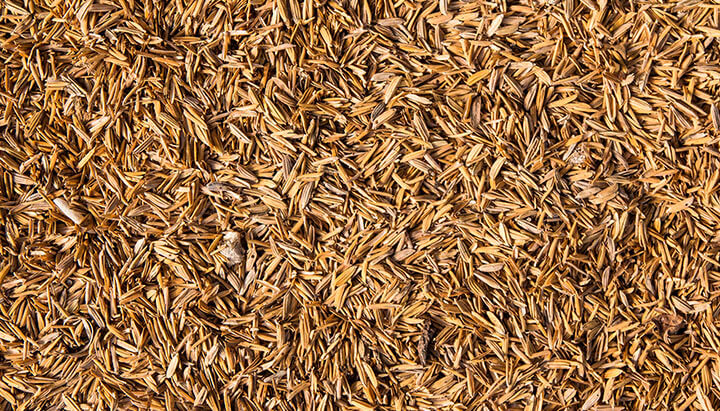
Pros:
- Environmentally sustainable
- Good water retention
Cons:
- Degrade quickly and need to be replaced
- Can come carrying diseases
Hydroponic Growing Media: Plenty to Choose From
Growing cannabis hydroponically comes with a whole set of challenges and rewards. It’s certainly more hands-on than growing weed in soil, but it can be faster and yield better results—if executed well. The main reason you should grow hydroponically is if you’re interested in this novel growing technique, and would like to challenge yourself and increase your skills as a horticulturist.
If you decide to dive into this challenge, you’ll need to decide on which hydroponic medium is best suited to your needs. Have you decided already, or will you experiment with a few?









































